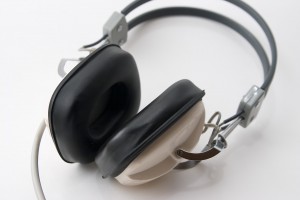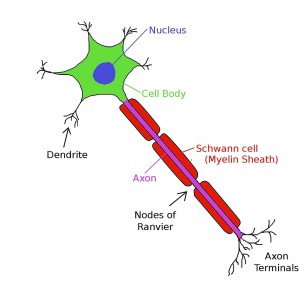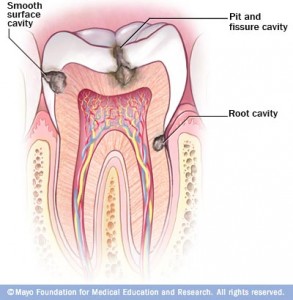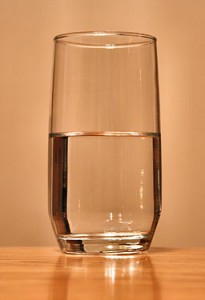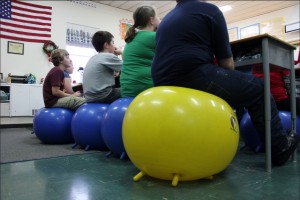Insite is a legal supervised injection site in Vancouver Downtown Eastside. The goal of Insite is to reduce harm to injection drug users (IDUs) by providing a safe place where they can inject drugs and connect with health-care professionals. However, since it’s opening in 2003, it has been exposed to both approval and disapproval.
I personally believe that Insite is a sanctuary for IDUs because it reduces overdose death. Since users report the type of substance used before entering the injection booths, the staff can use this information to assess the signs of overdose for that specific substance, and react quickly and accordingly. Moreover, nurses are required to monitor the injection booth for signs of overdose. As a result, victims can receive attention immediately. Contrastingly, victims may not receive immediate attention if the injecting behavior is done discretely at home or in hidden private places such as alleyways. Thus, Insite decreases the number of overdose death amongst drug users by providing a safe and sheltered space full of nurses, who are trained to deal with any clinical complications.

Courtesy of YouTube Video: VCHhealthcare
Additionally, Insite decreases the spread of HIV between IDUs and prevents skin infections. A recent study shows that the combination of needle-sharing and drug injections led to an HIV rate of 35%. Furthermore, it also results in high rates of skin and wound infections. To prevent contamination and infections, injection booths in Insite are cleaned after each use. In addition to the sterile injection needles offered to each IDU, simple wound care is also provided. Nurses educate IDUs about proper injection techniques. The improvement in injection techniques has decreased the serious health complications that are associated with rush injections.
Most importantly, Insite refers IDUs to a variety of health-care services. IDUs are provided with consultations and referrals for medical and detoxification services. The rate of detoxification enrollment increased by around 30% after the opening of Insite.

Courtesy of YouTube Video: Hope in the Fight
Overall, most IDUs view Insite as a welcoming environment where they are treated with respect and non-judgmental staff, who are trained to handle this type of environment and situation. More importantly, it is a safe place designed to reduce health problems from drug use and provide a hygienic environment for IDUs.
-Brigette Wee



